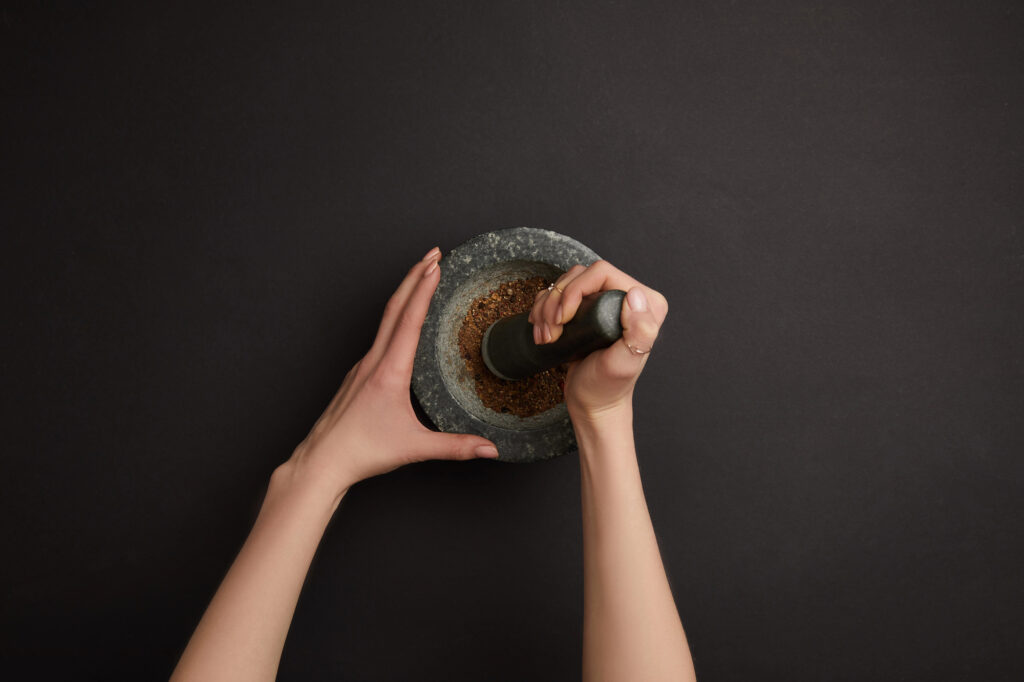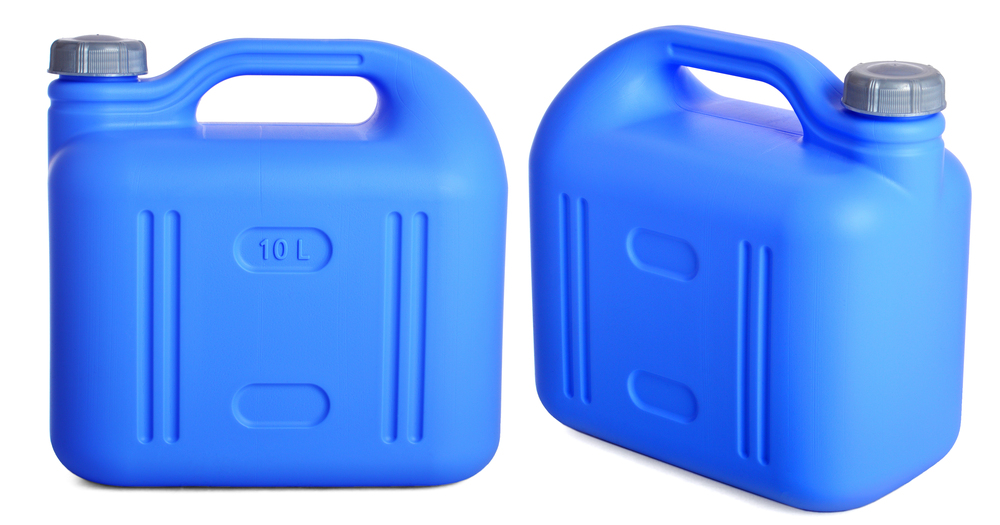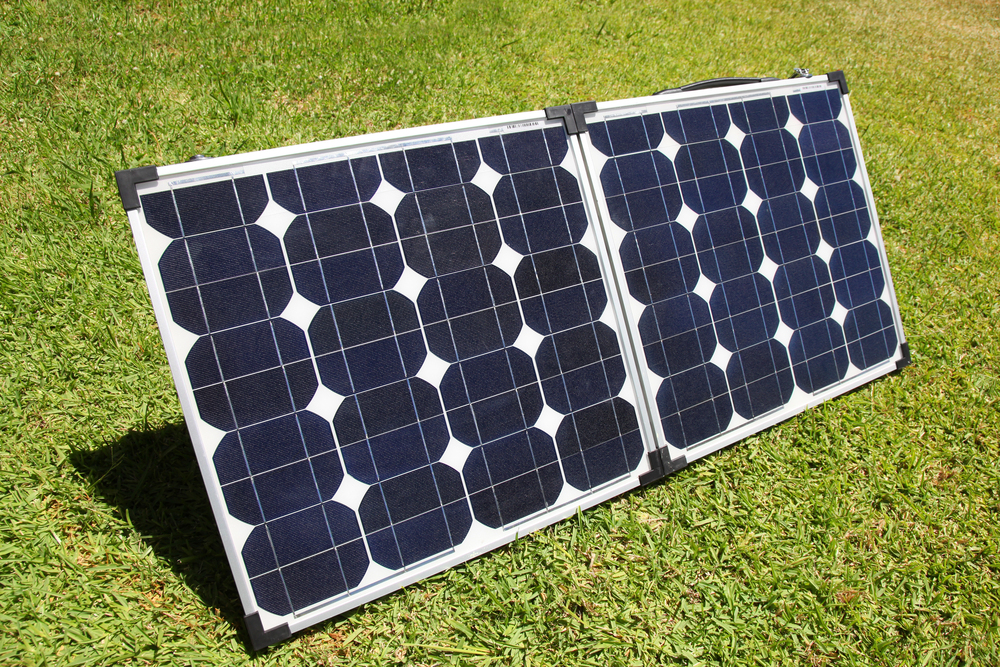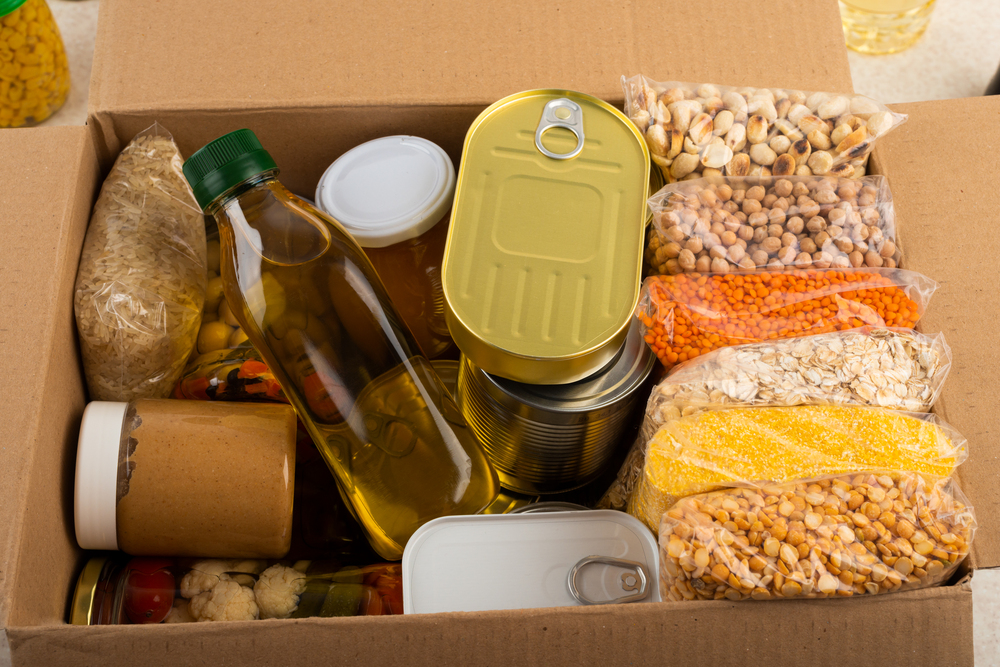A lot of what I write about here at Family Prep Zone doubles as homesteading information. That’s because in a long-term grid down scenario, or a permanent grid-down scenario, we’ll need to be homesteaders to survive.
From food scraps to paper coffee filters, I re-use everything in my kitchen – you wouldn’t believe how many ways you can re-use coffee grounds.
Another thing I love to re-purpose is eggshells. Eggshells are a gardener’s best friend, but that’s not the only way you can re-use them; I’ve found 20 creative uses for eggshells that I’m going to share with you now.
A little bit about eggshells…Chickens start laying at between four to eight months of age. Egg formation starts with the yolk, which is formed in the hen’s ovary. When the yolk is large enough, it moves into the hen’s oviduct, where the rest of the egg is formed. The next to be formed is the egg white. After that comes the egg membrane, that thin papery layer right inside the shell. Then comes the egg white. And finally, the eggshell is produced. Of the approximately 24 hours it takes to form an egg, 19 to 20 of them are taken up in producing the egg shell, with layer after layer of shell being added.
So what makes egg shells so useful?
Egg shells are made up of 94 percent calcium carbonate – yes, calcium, the stuff that you need for strong, healthy bones and teeth. They are good for you, they are good for your garden, and they are good for your chickens and other animals. You just have to know how to prepare them properly.
So grab a bowl to start collecting your eggshells, and keep them in the fridge until you have gathered up enough of them to use – I generally like to get a dozen at a time before I start using them. As I am gathering my eggshells, I clean the inside of the shell before I put them in egg shell bowl. It’s easier to clean the inside of the shells when they are fresh, then it is after they’ve been cracked open and the membrane and egg residue has dried. Wash your hands after handling raw eggs.
Sterilize Your Egg Shells
Before you do anything with your eggshells, you’re going to want to sterilize them. Eggs – and eggshells – can be a source of salmonella, and when the hungry hordes of zombies are roaming the streets, ain’t nobody got time for salmonella. You are going to take the egg-shells that you have already cleaned, and boil them in boiling water for at least 15 minutes.
Again, wash hands and cooking utensils after use, since you’ve been handling raw egg material.
If you are going to crush your eggshells, you’re going to want to follow up the boiling with baking the egg shells. Some of my 20 creative uses for eggshells do not require crushing the shells, so read on before you do anything.
How To Crush Your Egg Shells
After you’ve boiled your egg shells, set your oven to 350 degrees and bake the eggs for about half an hour to dry them out completely.
Now, you’re going to want to crush them. The question is, how much? If you’re going to be using them to deter garden pests like slugs, you will leave them as sharp little shards. For other uses, you want them ground down to fine powder.
For this, I recommend that you get a mortar and pestle if you want to be fully covered for a grid-down situation.

I honestly like using my coffee mill, but it depends on electricity, so I have a mortar and pestle as a backup. In general, to get your kitchen ready for a grid-down situation, I would recommend making sure that you have manual backups for any kitchen implements that you rely on. Wood stove, manual can opener, and a manual egg beater, would all prove vital in a long-term SHTF scenario.
Anyway, getting back to eggs…
If you are going to ingest the eggs or feed them to your chickens, you’re going to want to grind them to a very fine powder. Don’t leave any pieces with sharp edges which could cause injury as they’re being swallowed.
And now…here’s how you can use your egg shells!
1.) Calcium supplement for yourself. For this, you are going to want to reduce that eggshell to a very fine powder. You can mix the sterilized, powdered egg-shell into a drink and just chug it down. An average egg-shell contains 2.2 grams of calcium. The recommended daily allowance of calcium for an adult is approximately one gram of calcium, according to the National Institute of Health, so half an egg shell a day would provide all of the calcium an adult needs, even if they were not getting calcium from anywhere else. It’s an economical way to boost your calcium intake without having to buy supplements. And in a TEOTWAWKI situation, you wouldn’t be able to buy any vitamin and mineral supplements, so it’s good to learn how to meet your daily dietary needs without relying on a shopping trip.
2.) Calcium supplement for your hens. When I first heard about feeding egg-shells back to chickens who have laid the eggs, I thought it sounded extremely weird. However, chickens require an enormous amount of calcium in order to produce eggs. You will want to feed them the sterilized, crushed, powdered eggs, so you don’t risk giving them salmonella. You can put it in a separate feeding trough, and they will eat as much as they need. In a pre-SHTF scenario, this will save you money at the feed store because you won’t be buying them calcium supplements. Post-SHTF, this is a way to ensure that your chickens have enough calcium to safely lay eggs, so the shells don’t get so thin that they shatter inside the chicken, which can kill them. Another tip – a lot of chicken people insist that you MUST make sure to pulverize the eggshells so that they are not recognizable as parts of an egg, because you don’t want to encourage your chickens to start thinking of eggs as food. If they do, they might start to eat their own eggs.
3) Eggshells are an excellent soil amendment. Use the sterilized, crushed eggshells in your garden to add calcium to your soil.
4.) Surround your plants with crushed eggshells to discourage slugs and snails. For this, you do not want to powder your eggshells. You want to break them up enough to leave little shards, which slugs and snails will not want to crawl over.
5.) Tomato plants require a lot of calcium, and if they don’t get it, they will suffer from blossom end rot. Use your ground up, sterilized, powdered eggshells to amend the soil where the tomatoes are planted.
6.) Add sterilized, ground-up eggshells to your coffee. Yes, I swear. Egg shells are alkaline. Coffee is acidic, which is the opposite of alkaline. Adding egg shells to your fresh coffee grounds before you boil your coffee can help neutralize bitter coffee, and also will add calcium to your coffee drink. One to two eggshells is sufficient for a pot of coffee.
7.) Use eggshells to help scrub out pots and pans. In a post-apocalyptic world, we won’t be able to go to the store to buy cleaning supplies, and eventually, our stockpile of Comet and other cleansers will run out. The grit of eggshells is an excellent cleaner.
8.) Add sterilized eggshells to your compost as a soil amendment. Once the grid goes down and the poop hits the fan, we won’t be able to go to the local farm supply store and buy compost, so you’ll have to make your own compost.
9.) Use eggshells to grow seedlings. To grow seedlings, you need to start them in little pots. You don’t want to start your seedlings in very large pots, because it’s hard to get them the right amount of water and the tiny, delicate roots tend to end up either waterlogged or they dry out. You can start your seedlings in an eggshell, putting in seedling mix and a few seeds. After a couple of weeks, remove the smaller, weaker seedlings and leave the largest, healthiest seedling, and you can now put the eggshell in a larger pot filled with soil, and gently crush the eggshell – taking care not to crush the roots – which lets the roots grow and expand as needed.
11.) Eggshells for dogs. Let’s not forget our canine companions, who will be a valuable alarm system/burglar deterrent in a grid-down world. Give your dogs approximately one teaspoon of sterilized, powdered egg mixed into their food as a calcium supplement.
12.) Eggshell membranes for dogs to help treat arthritis. A 2016 study found that feeding dogs eggshell membranes significantly improved their joint function. The eggshell membranes contain collagen and glucosamine, which have been shown to improve joint function and reduce arthritis pain. I personally paid for pricey glucosamine supplements for an arthritic dog of mine, and it worked wonders within a few weeks.
13.) Make easter egg decorations. Yes, even in a post-SHTF world. You can make your own dyes, or use dyes that you’ve purchased. Kids always love doing arts and crafts, and decorating eggs is a way to keep them entertained without having to purchase expensive craft kits, and it’s a way to teach them to learn to re-purpose things, which they will need to know how to do in a long-term or permanent grid-down scenario. Yes, in a post SHTF world, you and your family would be spending a lot of time growing and canning food and caring for livestock and mending clothes and making candles, but that doesn’t mean you’d never set aside some time to have fun. What’s the point of life without some fun, some art and some beauty?
14.) Make chalk from eggshell powder. A super-fun project for kids, and again, when the grid goes down, you’re not going to be running to the store to buy chalk. Use about half a dozen sterilized, powdered egg shells. Combine them with a few tablespoons of warm water, and a tablespoon of flour, to make a paste. Keep mixing it until you have a good thick consistency, adding in more water if necessary. Mix in food dye if you have it, for colored chalk. You can make dye from various plants, like beets (make sure not to use toxic plants). Once you’ve got that paste, roll the paste into log shapes like chalk. Some people like to use cardboard toilet paper tubes as a mold, to make a giant piece of chalk. Once the chalk dries, peel the toilet paper tube away. Note: This chalk is very abrasive, so you might not want to use it on a chalkboard because it could scratch it up. It’s fun to use outside though!
15.) Add the calcium powder to soup stock, as a calcium supplement.
16.) Use as a skin cleanser. Not for sensitive skin. Mix up sterilized, powdered egg shells with one egg white, and make a mask. Let the mask dry, and then rinse off, scrubbing gently.
17.) Use as an abrasive scrub on your feet. Help scrub away calluses and thick skin buildup on your feet. Mix the powdered egg shell with a small amount of olive oil to make an abrasive scrub which will leave your feet soft and smooth.
18.) Make Christmas tree ornaments. If the grid goes down, I won’t be able to go out and buy a tree, but I’d bring in a large branch from outdoors or come up with a way to make some kind of Christmas tree, and the family would make ornaments from whatever we could rustle up around the house, including painted egg shells.
19.) Brew calcium water for your houseplants and indoor herb garden. Boil half a dozen eggshells in a gallon of water. When the water cools, use it to water your plants.
20.) Use sterilized powdered eggshells, mixed with vinegar and applied as a paste on your teeth, to re-mineralize your teeth. Research has shown that powdered eggshells mixed with vinegar and applied to teeth appears to help heal lesions in teeth if caught early enough.






